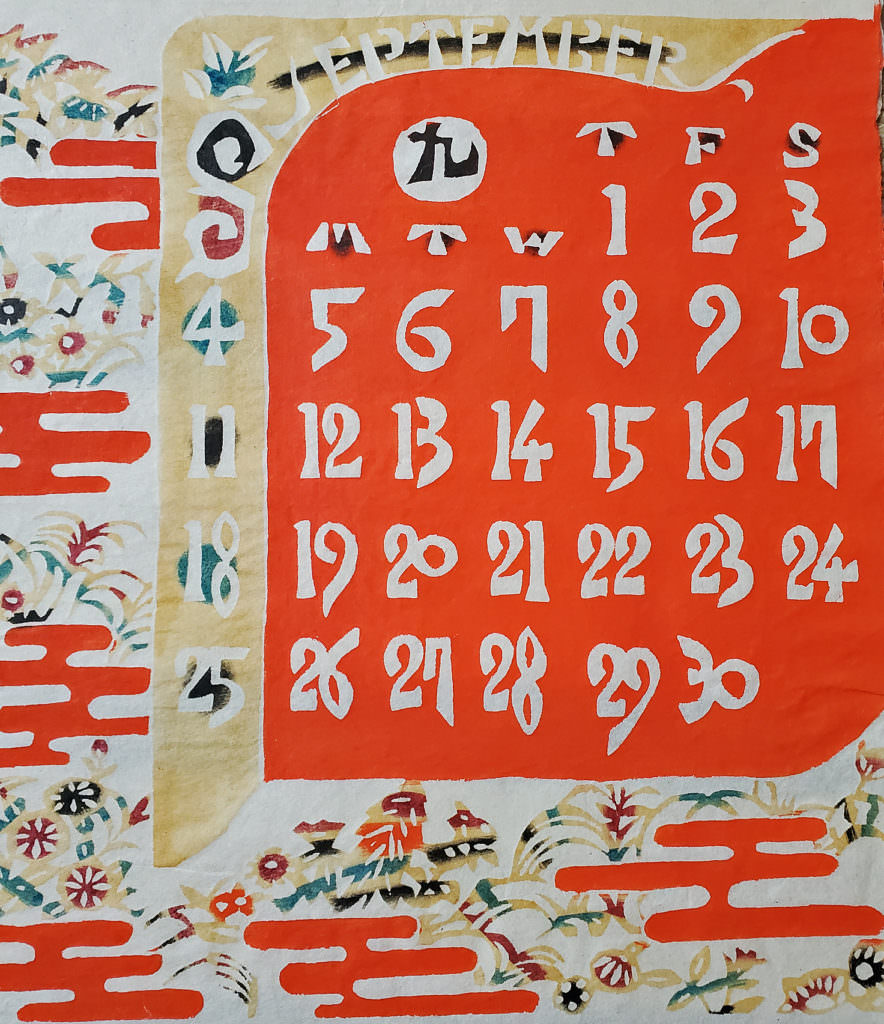I am obsessed with this process. I mean, who came up with such an ingenious way to print pattern?!? Ingenious but laborious.
There are so many steps; it truly needs to be a collaborative process. There’s the papermaker, dyer, stencil carver, the pasting process, the washing process, and then the painter who applies each color with a specialized set of brushes, often made from the tale of a badger. But it is so worth it!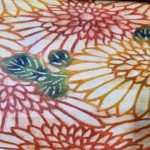
Here are the basics:
A rice starch paste resist is applied through a “kata,” or stencil form onto the surface of a medium-weight kōzo (mulberry) paper.
After the paste is dried, the paper is washed in a tub, or sprayed with a hose, and dried again. Pigment is applied by hand using a badger-tail brush; color by color brushed on, and left to dry between applications.
The pigment is absorbed into the paper wherever there is no leftover paste resist. The paste serves exactly the same function as wax does when doing batik.
Here are two close-ups of stencils which were a gift from a beloved client.
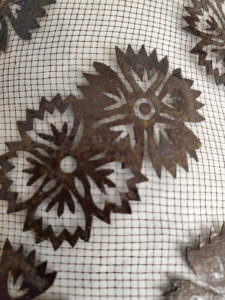
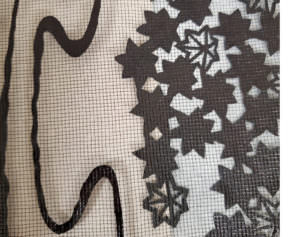 It is more difficult these days to find the unique thick or multi-ply, persimmon juice-dyed papers (katagami) used to make the stencil, so these days you have to make do with other materials, or carefully use an old stencil if you dare! They’re really works of art in themselves!
It is more difficult these days to find the unique thick or multi-ply, persimmon juice-dyed papers (katagami) used to make the stencil, so these days you have to make do with other materials, or carefully use an old stencil if you dare! They’re really works of art in themselves!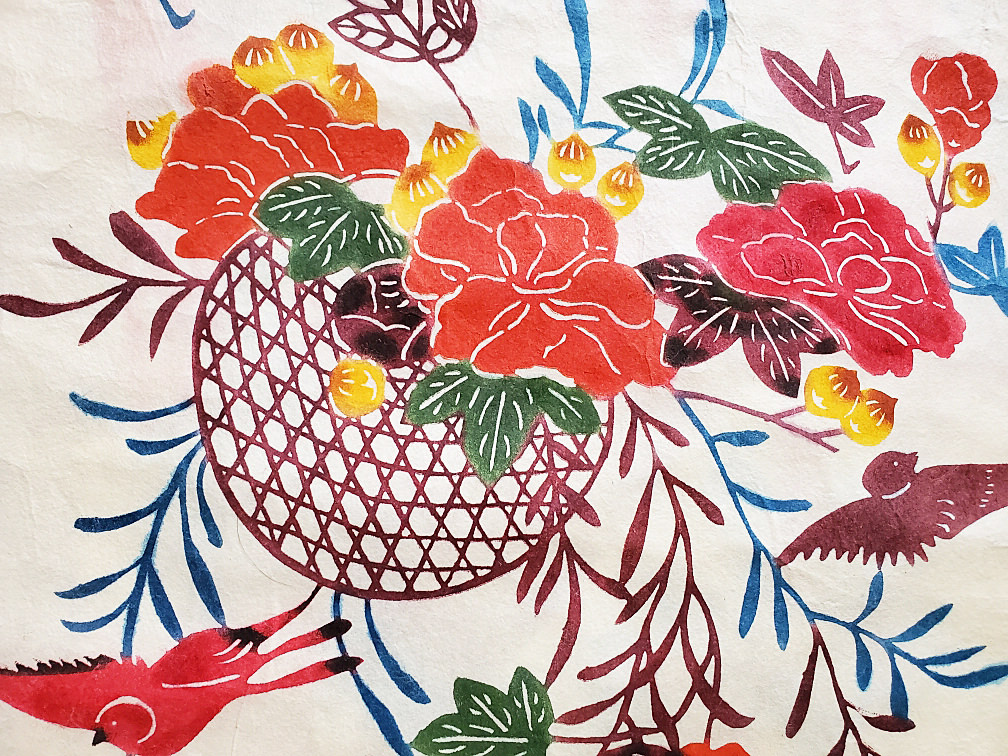
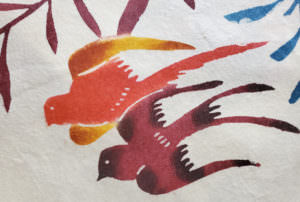
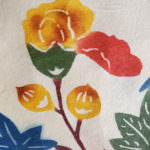
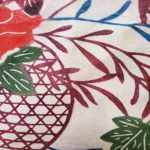
These images of katazome on paper are to show you how complicated and intricate the patterns can be. You can imagine how this is done on silk or cotton cloth.
The katazome paper stocked at Paper Connection is typically a whole sheet with a repeat pattern.
Like this one-which is pretty incredible considering someone hand-carved all those curves and tiny leaves 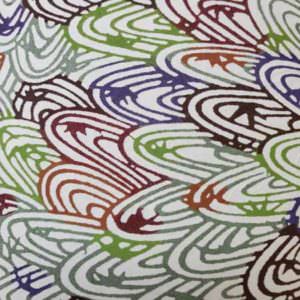 or these 2. All those stripes are hand carved first as a stencil!
or these 2. All those stripes are hand carved first as a stencil!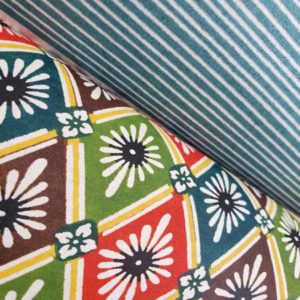
Many of the designs in our collection are based on Okinawan Bingata traditional designs, as well as designs reminiscent of exotic Southeast Asian batiks called Sarasa.
Post by the original PAPERWOMAN.

